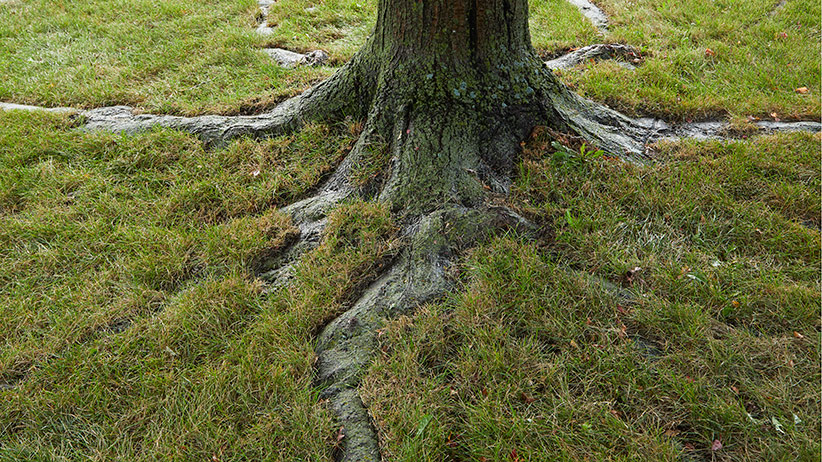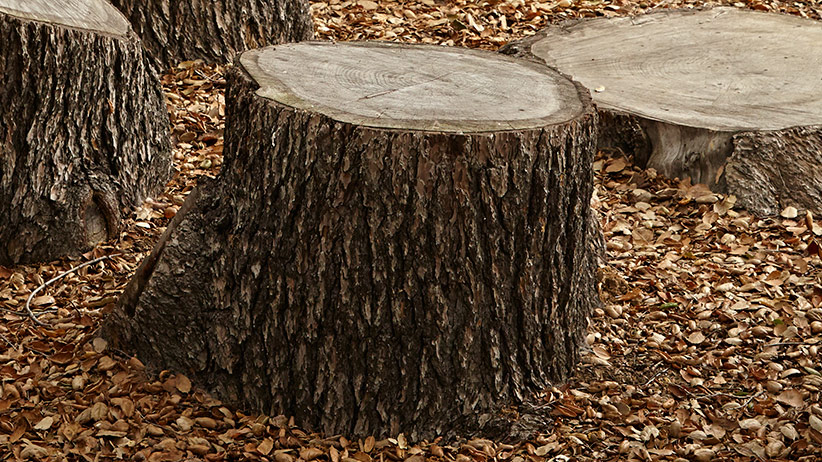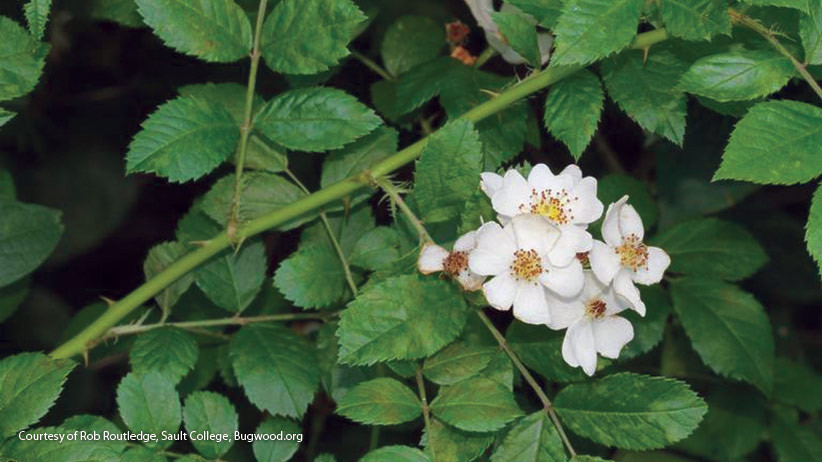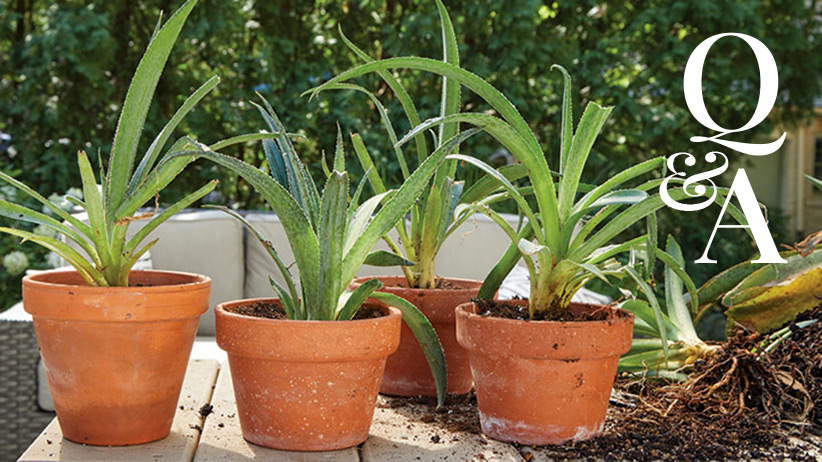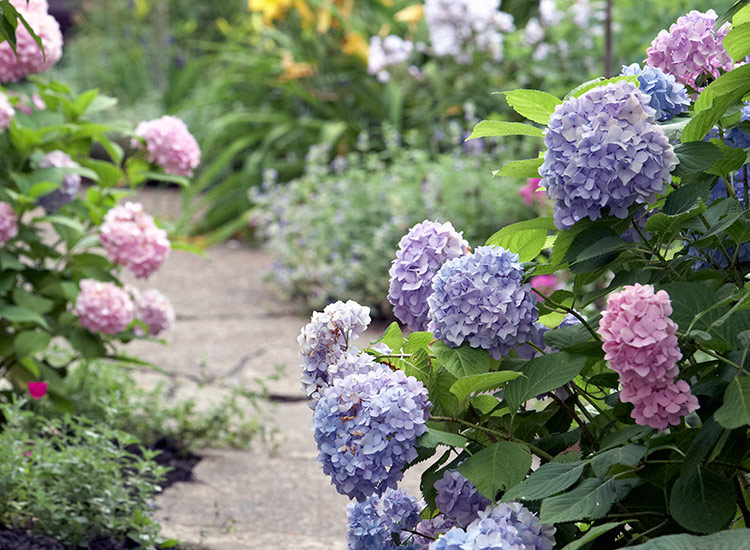
Bigleaf hydrangeas can change color!
Some bigleaf hydrangeas (Hydrangea macrophylla) have a unique ability to change flower colors from pink to blue, or vice versa. This change is a response to the amount of aluminum in the soil that the plant can use. In acidic soils, aluminum is readily available and a hydrangea’s roots can absorb this mineral. But in alkaline soils, plants are inhibited from drawing the element into their roots. If you’ve ever planted a beautiful blue hydrangea and the next year it bloomed pink, it is because your soil is too alkaline.
By changing the soil’s pH, you can manipulate the color of a bigleaf hydrangea, but only if they were pink or blue to start with. White hydrangeas will always be white.
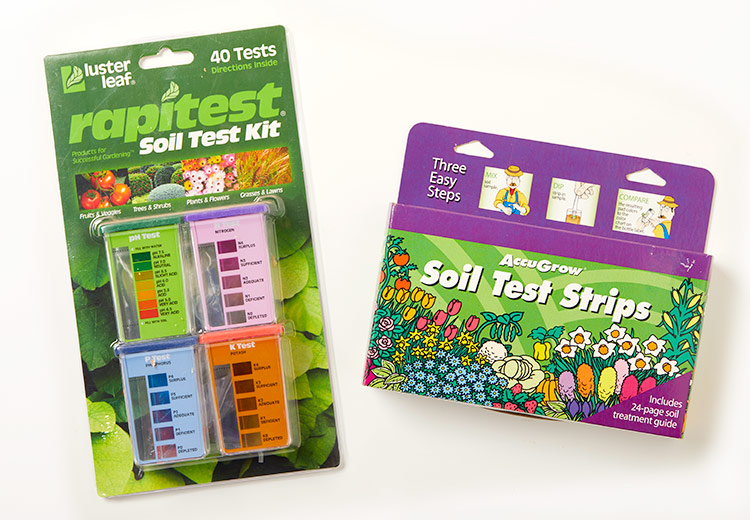
Get a soil test
Whether you grow in a container or in the ground, get a professional soil test to get an accurate measure of whether your soil or potting mix is acidic or alkaline. Though not quite as specific as a professional test (and you may not get N-P-K levels), you can buy a home test kit or a pH meter at the garden center to get a pH reading. Then you can amend your soil properly to manipulate the color of your bigleaf hydrangea.
How to get a professional soil test
Your local county extension office or area universities may be able to direct you to a lab where you can send a soil sample to get an accurate test. Or check out this site to find a list of labs that perform soil tests: North American Proficiency Testing Program (NAPT)
You Might Also Like:
How to Test Your Soil's pH
Six Organic Products to Use in Your Garden
Find the Right Bigleaf Hydrangea for Your Garden
How to Care for Bigleaf Hydrangeas
How to change the color of your bigleaf hydrangea
After you've found out what your soil pH is, here are ways to make your bigleaf hydrangea blooms turn pink or blue.
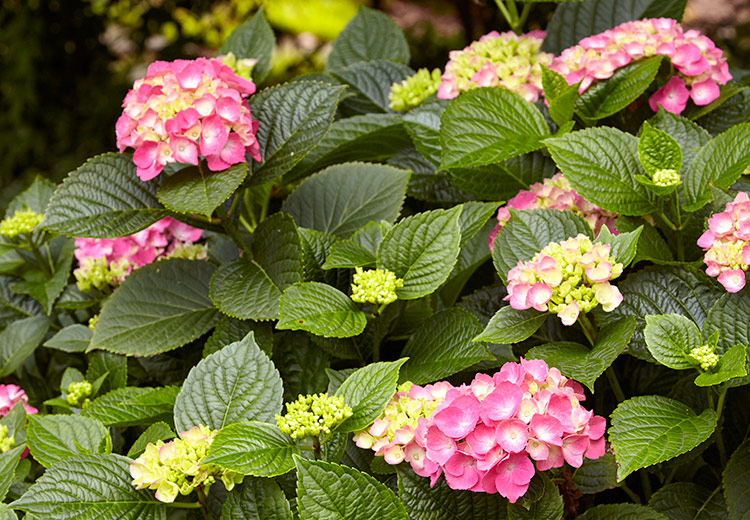
For a bigleaf hydrangea to bloom pink, a pH of 6.0 to 6.2 is ideal. Try one of these methods:
- Use a commercial product to change the color, such as Color Me Pink™, according to directions on the package.
- In fall or early spring, spread dolomitic limestone around the plant at 1 cup per 10 square feet and water in.
- Add 1 TBSP hydrated lime to a gallon of water and water once a month starting in early spring.
- Fertilize with high nitrogen and high phosphorus fertilizer, such as a 25-10-10, to inhibit aluminum uptake. The extra nitrogen will help combat iron chlorosis that may happen if your pH raises above 6.4.

For a bigleaf hydrangea to bloom blue, pH of 5.2 to 5.5 is best. Try one of these methods:
- Use a commercial product to change the color, such as Color Me Blue™, according to directions on the package.
- Add 1 TBSP aluminum sulfate to a gallon of water and water the plant once a month starting in early spring. Be sure hydrangeas are hydrated before you treat because an excess of aluminum absorbed quickly can burn plants.
- Mix organic matter such as compost, chopped oak leaves, peat moss and coffee grounds into the soil to help lower pH. This is slow acting, but a good thing to do annually to maintain a lower pH around your hydrangea.
- Fertilize with high potassium, low phosphate fertilizer, such as 25-5-30. Potassium will help increase aluminum uptake. Using ammonium sulfate as a nitrogen source in the fertilizer will also help to keep pH low.
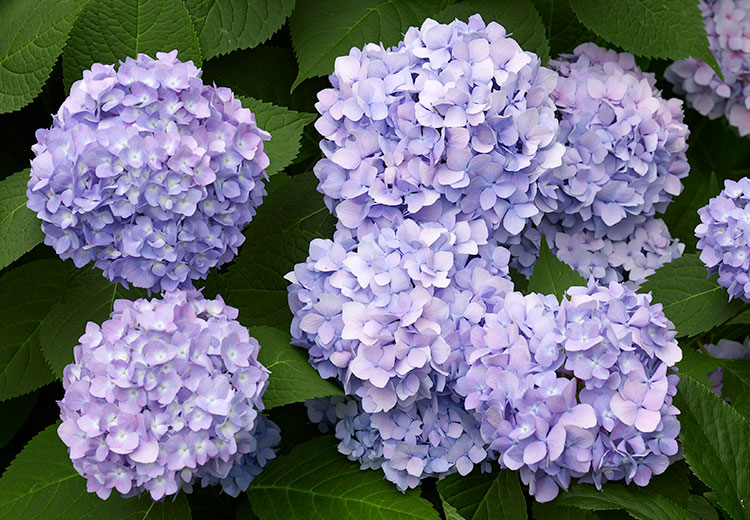
But what if my hydrangea is purple?
A neutral pH between acidic and alkaline will result in a color somewhere in the middle. Closer to alkaline, the flowers may tend toward pink in color, giving you lavender. More acidic and the color will look more purple with bluer tones. And, they may change slightly as they age from a blue-purple to a lavender pink.
Sometimes a hydrangea in neutral soil will have a mix of all the colors as though it can’t decide which color to be. If you can’t decide either, and don’t want to mess with your soil’s pH, try L. A. Dreamin’®, a hydrangea cultivar that will produce varying shades of pink, lavender, and blue blooms all at once without soil amendments. It grows up to 5 feet tall and wide in USDA zones 5 to 10.
You Might Also Like:
Four-Season Hydrangea Border
Pink Hydrangea Garden
Easy Flowers to Grow
Colorful Backyard Border
Grow hydrangeas in a container to change bloom color easier
Raising or lowering pH takes time for additives to affect soil and is not usually permanent, so you must maintain the desired pH every year for the blooms to stay the color you want. That’s why growing in a container is an easy solution. Most potting mixes are soilless and don’t have the naturally occurring aluminum that soil does, so you can change the pH to be just what your plant needs.
Hydrangea color change tips:
- More intensely colored hydrangeas will be more intense after a color change. In other words, if your hydrangea was a deep pink, it will be a darker blue.
- Pastel colors will change to a comparably pale color and you can’t make it darker. Do not add more amendments to get a darker color — it will not help and may cause problems in your soil. Use amendments according to package directions.
- White bigleaf hydrangeas will never turn colors no matter what the soil type, though some blush pink or even red as the flowers age.
- Red hydrangeas are bred to be a deep, dark shade of almost-red pink (not really a true red), so grow them in alkaline soil to get the best color.
- Changing soil pH is a slow process and must be maintained throughout the growing season to ensure your hydrangea stays the color you want.









